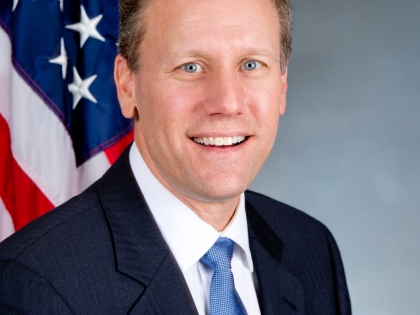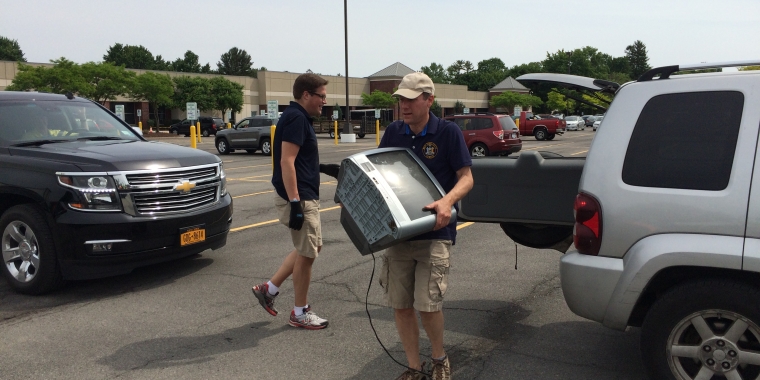
Historic Rehabilitation Tax Credit, Sponsored By Senator Valesky, Passes Finance Committee; Program will bring unprecedented redevelopment to distressed areas
David J. Valesky
May 21, 2009
-
ISSUE:
- Cities
- Economic Development
- Housing
ALBANY, N.Y.--The New York State Senate Finance Committee today passed the Historic Rehabilitation Tax Credit (HRTC) (S2960-A), sponsored by State Senator David J. Valesky (D-Oneida), sending this important economic stimulus and community revitalization legislation to the full Senate.
The bill would provide tax credits for rehabilitation of qualified residential and commercial properties with the intention of creating an economic stimulus in distressed communities. There is currently a large inventory of vacant, underutilized and deteriorating historic property, much of which is located in Upstate urban areas.
“The Historic Rehabilitation Tax Credit will provide real incentives to stimulate Main Street and downtown development that will create jobs, increase property values and provide a better quality of life for all Upstate New Yorkers,” Senator Valesky, Vice-President Pro-Tempore of the Senate, said. “This program has great potential to revitalize the Upstate economy and reduce the strain on urban, suburban and rural communities alike.”
The HRTC strengthens the State program first launched in 2006 and will make New York State more competitive against the nearly 30 other state’s with similar programs, who have had more success. The changes will allow the state to target reinvestment to distressed communities, as determined by the U.S. Census, and incorporate cost savings to the administration of the program.
Because of these changes, New York State will be among the most effective and cost-effective redevelopment programs in the country.
Features of the Senate’s legislation include:
--Increasing the cap on commercial credit value from $100,000 to $5 million; the residential credit value will increase from $25,000 to $50,000. These are over the course of the program, which is 5 years.
--Limiting the availability of the residential and commercial credit of the program to “distressed” areas, which is defined as being located within a Census tract identified at or below one hundred percent of the median family income.
--Increasing the percent of qualified rehabilitation costs that can be claimed for the credit from 6 percent to 20 percent, allowing for a higher percentage of qualified rehabilitation costs.
--Making the credit assignable, transferable, and conveyable within business partnerships, to allow for greater flexibility on the part of the investor, and attract out-of-state financing to in-state rehabilitation projects.
--Offering the rehabilitation tax credit as a rebate to make the program a stronger financial incentive for homeowners without significant income tax liability.
A companion bill (A6471) was introduced in the Assembly by Assemblyman Sam Hoyt (D-Buffalo, Grand Island).
Senator David Valesky represents the 49th Senate District, and is Vice President Pro-Tempore of the New York State Senate.
Share this Article or Press Release
Newsroom
Go to NewsroomSen. Valesky’s Sixth Annual Free Senior Fair is October 19 in Madison County
September 25, 2018
Harmful Algal Blooms: What to Know, How to Report
June 29, 2018

Stephen M. Kinne, MD (Ret.)
May 15, 2018

